Table of Contents
In our fast-paced, super-connected world, crises can pop up out of nowhere. From natural disasters and financial meltdowns to social media scandals and cyber attacks, how your organization manages a crisis can make or break its reputation. That is why having a solid crisis communication plan is necessary. In this article we put forward the essential steps to build a crisis communication plan that will ensure you are ready for any crisis response.
Step 1: spot and asses potential crises
Identify potential crises:
Start by brainstorming all the possible crises that could hit your organization. Think about external threats (like natural disasters and pandemics) and internal risks (like data breaches and workplace accidents).
Evaluate impact and likelihood:
Rate each potential crisis based on how likely it is to happen and how much damage it could cause. This helps you focus on the most important ones and ensures you are prepared for effective crisis management.
Step 2: Put together a crisis communication team
Assemble a dedicated team:
Get a crisis communication team together from different departments – corporate communication, PR, legal, HR, IT, and c-level. This team will manage planning, executing, and monitoring crisis communications.
Define roles and responsibilities:
Clearly spell out what each team member will do during a crisis. Make sure to pick a spokesperson who will be the main voice for your organization.
Step 3: Create communication protocols
Create a communication chain:
Set up a clear chain of command for communication. Determine who needs to know what and when, including internal staff, stakeholders, customers, and the public. It is also important to document who needs to sign off a communication before it goes out.
Draft key messages:
Prepare key messages ahead of time for diverse types of crises. These should be clear, concise, and consistent, addressing the situation, acknowledging concerns, and outlining steps to fix the issue. Solid communication protocols are crucial for effective crisis management.
Step 4: Set up monitoring and notification systems
Set up monitoring tools:
Use tools to keep an eye on social media, news outlets, and internal communications for signs of a crisis brewing.
There are different monitoring tools on the market such as Auxipress, Meltwater, Ammco, … but in certain cases a google alert can do the job as well. To find the right tool it is important to define what you want to track, and which channels are relevant to follow.
Define notification procedures:
Have procedures in place for notifying the crisis communication team and other relevant parties as soon as a potential crisis is detected. Speed is crucial for effective crisis response.
Step 5: Train and prepare your team
Conduct regular training:
Regularly train your crisis communication team and other key staff on crisis procedures. Include media training for your spokespersons to enhance crisis preparedness. It is important that they can keep in control of the narrative when interviewed or queried by the press and stick to the approved messaging.
Run simulations and drills:
Do crisis simulations and drills to evaluate your plan and make sure everyone knows their roles. Use these exercises to find and fix any weak spots.
Step 6: Develop communication channels
Identify key crisis communication channels:
Figure out the best ways to reach your audience during a crisis. The chosen channels can differ in function of the stakeholders you want to reach, the urgency and impact of the crisis.
This might include social media, email, press releases, your company website, and direct communication.
Also keep in mind that it might be impossible to access offices (e.g., in case of a fire, natural disaster, …), so make sure that you can access your communication channels from a distance.
Prepare templates:
Create templates for press releases, social media posts, internal memos, and other communication materials. Having these ready to go can save precious time during a crisis and ensure that your communications stay professional in line with the corporate house style.
Step 7: Implement a feedback loop
Collect feedback:
During and after a crisis, get feedback from stakeholders, employees, and customers about how well your communication worked. Use surveys, interviews, or feedback forms to improve stakeholder communication during a crisis.
Analyze and improve:
Look at the feedback to see what worked and what did not. Use these insights to update and improve your crisis communication plan.
Step 8: Review and update regularly
Regular reviews:
Your crisis communication plan should be a living document. Regularly review and update it to reflect new risks, changes in your organization, and lessons learned from past crises.
Stay informed:
Keep up with best practices and latest trends in crisis communication. Adapt your plan as needed to stay effective and maintain strong crisis preparedness.
Conclusion
Building a rock-solid crisis communication plan is an ongoing process that needs careful planning, regular training, and constant vigilance. By following these steps on how to build a crisis communication plan, you can make sure your organization is ready to respond quickly and effectively to any crisis, protecting your reputation and maintaining trust with your stakeholders. Remember, the goal is not just to survive a crisis but to come out stronger and more resilient.





